Castle Itter
German and American troops joined forces to defend this fortress during the strangest battle of World War II.
In the final weeks of the European theater of World War II, an unexpected union of German and American forces guarded a select group of abandoned Nazi prisoners against the Waffen-SS. The conflict fought by this unique joint American-German alliance is frequently referred to as the strangest battle of World War II.
Castle Itter was first built in the ninth century by the Bavarians and spent many years as a private residence. In May of 1943, after the Anschluss of Austria, it was transformed into a prison. For two years, French captives considered to be of high value were confined within its walls.
But as Stephen Harding writes in The Last Battle, those prisoners eventually found themselves unguarded and thrust into a precarious position. Days after Hitler died by suicide, it became clear the war had reached a turning point. The commander and warden of the prisoners at Castle Itter abandoned their posts, knowing the end of the war was near. The remaining guards also fled, essentially giving the castle to those imprisoned within.
This left the prisoners vulnerable to the loyal Waffen-SS troops prowling the countryside in search of deserters and enemies of the regime. This is when the strange, unlikely union of German and American forces began. Kurt-Siegfried Schrader, a highly decorated SS Hauptsturmführer and Josef “Sep” Gangl, a Wehrmacht Major, joined Captain John “Jack” Carey Lee, Jr., an American Tank Company Commander, in protecting the prisoners and defending the castle.
Schrader and Gangl had become disillusioned with the Nazi ideology and both independently connected with the Austrian resistance. Upon hearing the prisoners at the castle were unguarded, Schrader went to the fortress to protect those held inside. Gangl, now serving as the head of the local resistance, was aware the forces under his command would not be strong enough to fight against the nearby Waffen-SS troops. He realized he needed the American forces to arrive, so he set off to find them in Kufstein.
Not long after arriving in Kufstein, Gangl met up with Lee and they began plotting. After a reconnaissance mission, Lee and his friend brought their Sherman Tanks to the defend the castle. But along the way, poor infrastructure caused one tank and its crew to be left behind.
Once at the castle, Wehrmacht soldiers and the few Americans prepared for battle. The prisoners were instructed to remain safely in the cellar, but many defied these orders and fought alongside the German and American troops. The stage was now set for the fight.
Between 100 and 150 Waffen-SS troops attacked the castle in the early morning hours of May 5. Though one Wehrmacht soldier abandoned his post during the fighting, the remaining American-German defenses held the prison until more American troops from the 142nd Infantry Regiment arrived 12 hours after the fighting had begun. With the help of the additional American troops, the guards defeated the Waffen-SS in what’s viewed the last battle fought in the European theater of World War II. Gangl sadly perished during the fight.
Today, the Castle is again owned by a private owner and is not open to the public. But it stands in a picturesque location in the Tyrol region of Austria as a monument to the strangest alliance of World War II.
Know Before You Go
The castle is privately owned and is not open to the public.

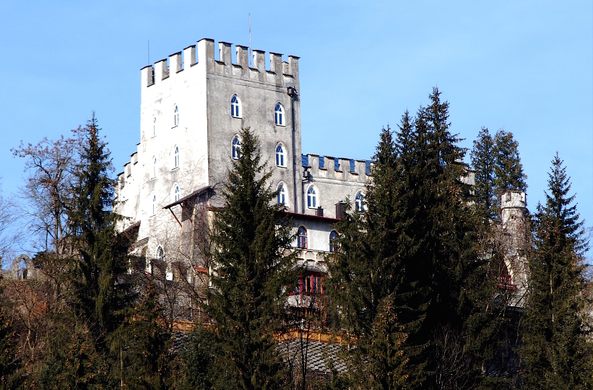





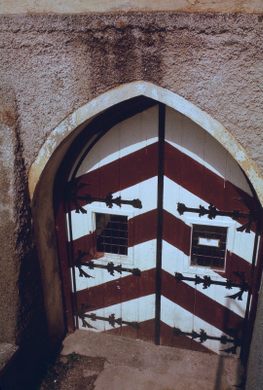

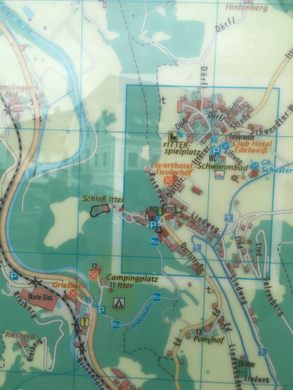

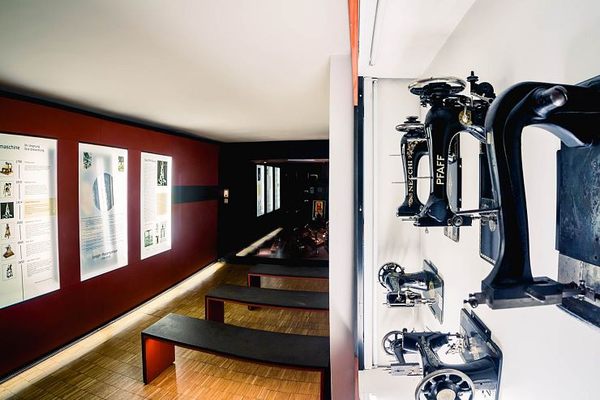




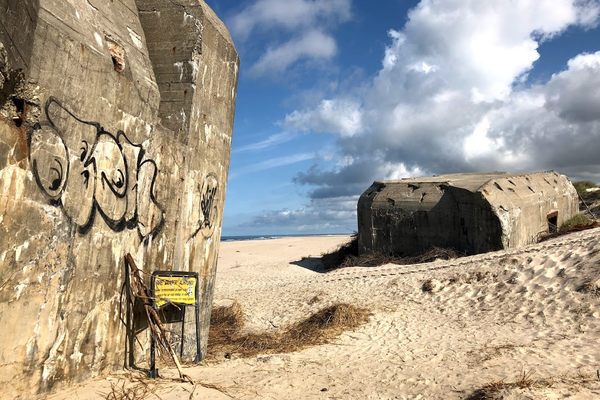

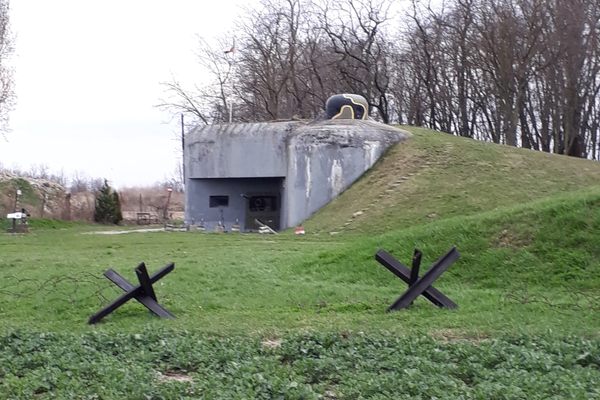

Follow us on Twitter to get the latest on the world's hidden wonders.
Like us on Facebook to get the latest on the world's hidden wonders.
Follow us on Twitter Like us on Facebook